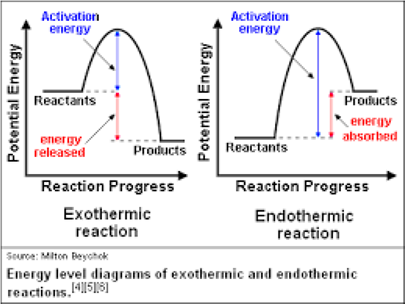How to Determine the Viscosity of a liquid at room temperature by viscometer?
Experiment:
Determine the Viscosity of a liquid at room temperature by viscometer.
Theory:
Viscosity
is a characteristic property of all fluids. The internal resistance of a liquid
to its flow is called viscosity. Viscosity can be explained if a liquid
is considered to consist of concentric layers which slide past one another when
a liquid flows. Resistance to flow is regarded as an internal friction between
the different layers of a liquid. So viscosity is a property of liquids by
virtue of which it tends to oppose the relative motion between different layers
of the liquid.
Viscosity
of a liquid is expressed in terms of Coefficient of Viscosity.
Coefficient
of Viscosity is defined as
the force (in dynes) per unit area (one square centimeter) required to maintain
unit difference of velocity between two parallel layers in the liquid, unit
distance (one centimeter) apart. It is denoted by h (eta).
Units
of Viscosity (Coefficient of Viscosity)
It
is expressed in dynes. cm-2 or g.cm-1.s-1,
also called Poise. Mostly its sub-multiples centipoises and millipoise are
used.
Centipoise
= 10-2 poise
Millipoise
= 10-3 poise
Apparatus:
Ostwald’s
viscometer, stop-watch, specific gravity bottle, rubber tube, screw type pinch
cock, iron stand etc.
Procedure:
·
Take
an Ostwald’s viscometer and fix it in a stand in upright position.
·
Fix
a small rubber tube to the limb with capillary tube to suck the liquid in.
·
Use
the screw type pinch cock with rubber tube to control flow rate of the liquid.
·
Fill
the viscometer with water to a level a bit lower than the mark B at the upper end of the capillary
tube.
·
Suck
the water through the rubber tube and allow the water to come above the mark A.
·
Allow
the liquid to flow (slowly) and note the time to flow of water from mark A to mark B using a stop watch.
·
Repeat
the experiment with the given liquid in the same way as for water.
·
Find
the density of given liquid by using a specific gravity bottle.
It
is advisable to take three readings of flow time for each liquid and then
taking mean time to flow.
Observations:
Room
temperature = oC
|
Liquid |
Time
of flow (s) |
Density
(g.cm-3) |
|
Water |
|
|
|
Organic
Liquid |
|
|
Weight
of empty specific gravity bottle = W1 g
Weight
of empty specific gravity bottle + water =W2 g
Weight
of water = W2 – W1 = W3 g
Weight
of specific gravity bottle + liquid 1 = W4 g
Weight
of liquid = W4 – W1 = W5 g
Calculations:
Viscosity
of given organic liquid can be calculated using following relationship:
h/hw = (t1 / tw) x (dl
/ dw)










Comments
Post a Comment